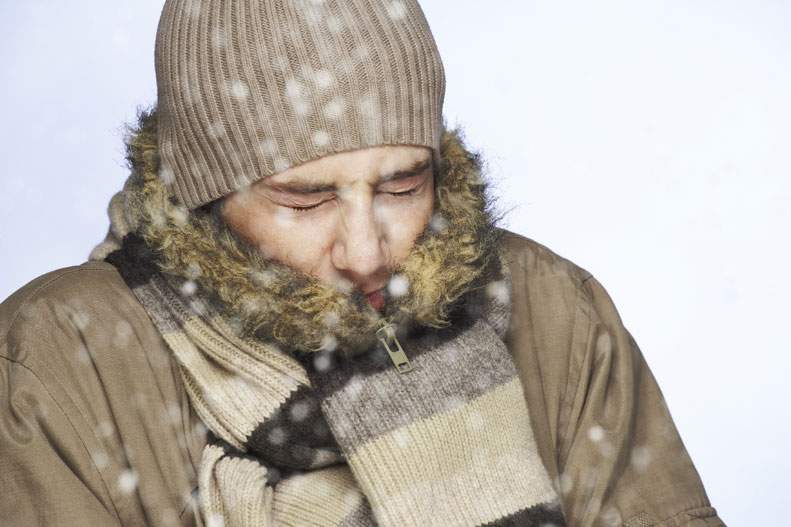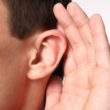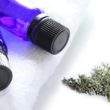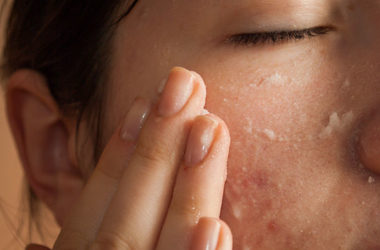The normal core body temperature (or internal body temperature) is anywhere between 35.6°C (96.08°F) and 37.5°C (99.5°F). If it drops below 35.0°C (95.0°F), it is a condition referred to as hypothermia which can lead to an assortment of complications, and that includes death. Needless to say, hypothermia is regarded as a medical emergency.
Hypothermia comes in two kinds: accidental and intentional hypothermia. Accidental hypothermia refers to the abnormal lowering of the core temperature due to exposure to cold. On the other hand, intentional hypothermia is induced, which means that the internal body temperature is deliberately lowered for medical purposes.
This article will focus on accidental hypothermia, and will be referred to from here on as “hypothermia”. It’s important for you to know some vital matters about this condition as practically anyone on the planet is at risk of it. Someone who lives in a temperate region, for instance, may have mild hypothermia upon going inside a heavily air conditioned room.
Causes
Hypothermia happens when your body’s temperature-regulating system fails to keep your core temperature within the normal range, overwhelmed by low temperature coming from the environment. Usually, hypothermia takes place if you are not wearing protective clothing appropriate for the freezing weather. Walking on a frozen pond or lake can result in hypothermia, as well as swimming or accidentally immersing yourself in a very cold body of water.
Just about anything that lowers your temperature much faster than your body can maintain a normal core temperature can lead to hypothermia and the many different potential dangers it brings.
Risk Factors
Certainly, your risk of having hypothermia is higher during wintertime. Living in colder areas on the planet is regarded as a risk factor, too. By not wearing clothes that are appropriate for the season or weather, your likelihood of having hypothermia is considerably increased. Infants and the elderly are at higher risk than others because of the inability of their bodies to fully regulate the core temperature.
People with certain medical conditions, in particular those that diminish the body’s ability to normalize its own temperature are at higher risk of hypothermia. Some of these medical conditions include diabetes, Parkinson’s disease, spinal cord problems, hypothyroidism, malnutrition and even mental illnesses.
Those who abuse alcohol and illegal drugs are also at higher risk because of their impaired judgment. Some prescription medications may also increase your likelihood of having hypothermia, like something that can make you drowsy.
Symptoms
Hypothermia’s symptoms tend to vary, depending on the condition’s severity, ranging from mild, moderate to severe. Experts say that the symptoms of hypothermia on babies are different from adults. For instance, a baby may have bright red skin that is cold to the touch.
Definitely, someone with hypothermia will be shivering, although this particular symptom goes away when the condition gets severe, something that can lead to loss of consciousness, coma or even death. Other symptoms of hypothermia include fatigue, confusion, difficulty with coordination, slurred speech, and a slow and weak pulse.
Treatment
First things first: hypothermia is regarded as a medical emergency. Make sure that you immediately seek medical help if a family member or friend of yours has hypothermia. If there is no sign of breathing or pulse, CPR should be given until paramedics arrive or the individual is taken to a medical facility.
Wet clothes should be removed and replaced with dry ones to promote warmth. Wrapping him or her in a warm or electric blanket can help a lot in restoring the normal core temperature of the body. It is definitely a good idea to have the person moved to a warm and dry area, such as indoors or near a fireplace. If conscious, offer the person warm liquids, but never give him or her alcohol and coffee, or anything that has caffeine in it.














